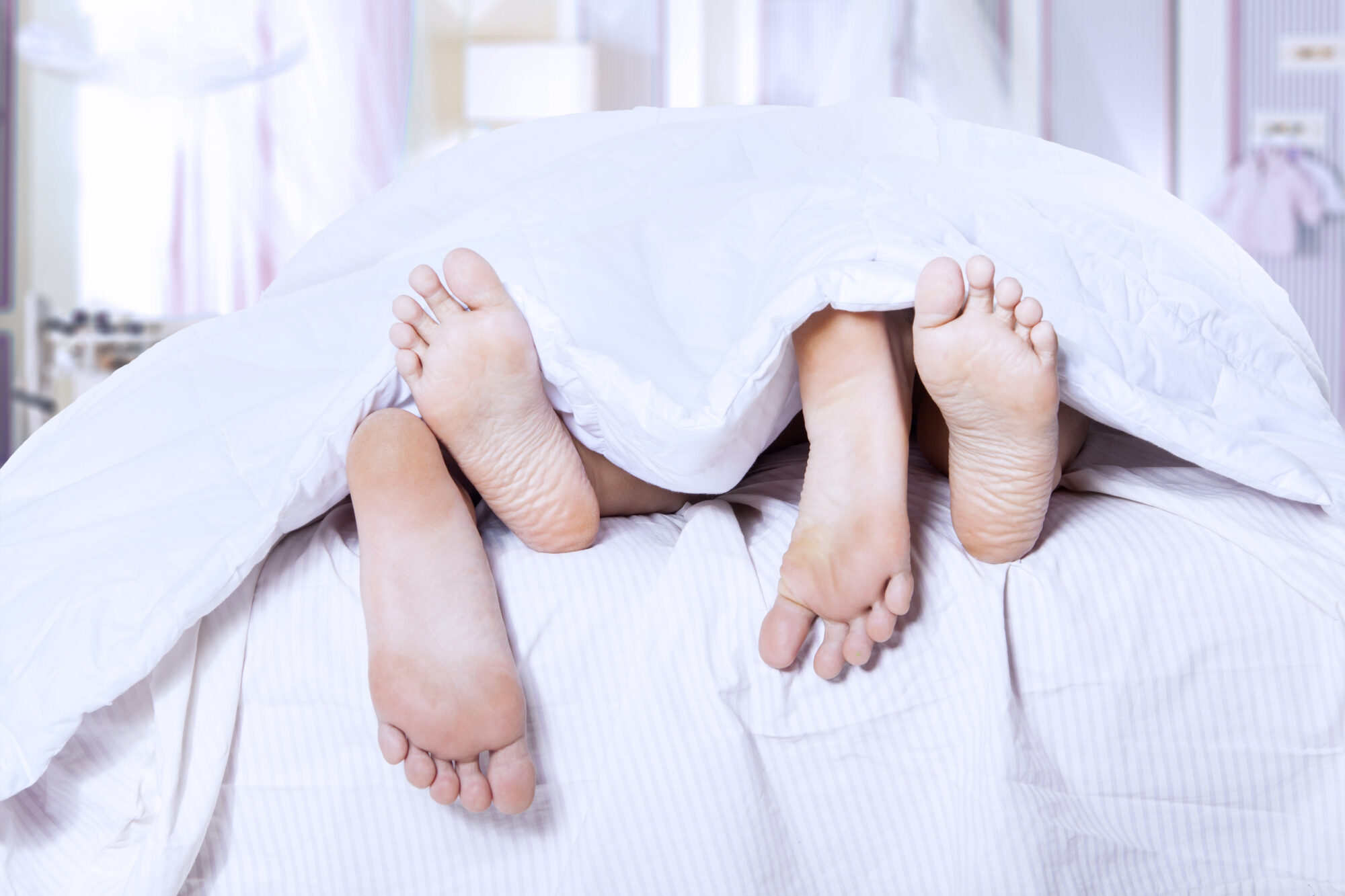Transmission

Direct sexual transmission of sexually transmitted infections such as hepatitis B and HIV is possible by exchanging body fluids, for example when semen enters the rectum or vagina.
Chlamydia as well as the pathogens causing gonorrhoea and syphilis are transmitted through close contact between mucous membranes. Syphilis can also be transmitted through moist skin areas. Herpes viruses can be transmitted through contact with herpes blisters and HPV also through skin scales.
Some pathogens can be transmitted via objects such as dildos, used condoms, or shared lubricant containers, or through body parts (finger, penis) to which bodily secretions or blood are attached, e.g. by the anus-finger-mouth route; this applies to the hepatitis A virus, for example. Transmission from one receiving person to another receiving person is also possible this way.
Other pathogens are ingested and excreted through the digestive tract, e.g. the hepatitis A virus, the pathogens causing amoebiasis, and shigella.
For an infection to occur, the pathogens usually have to overcome the uppermost layer of the skin or mucosa. This happens more easily at sites where the skin or mucosa is thin (e.g. the mouth of the cervix or the rectum), and is facilitated by inflammation or small lesions.
The risk of transmission also depends on the pathogen itself: Gonorrhoea and syphilis, for example, are highly contagious, whereas the average risk of HIV infection during a single sexual contact with an untreated HIV-positive partner without a condom or internal condom or without PrEP is less than 1%. Hepatitis B virus is also much more contagious than HIV.
However, unfavourable factors, which are often not noticed and cannot be influenced (e.g. strong replication of the pathogen shortly after infection), can easily turn a statistically low risk into a high risk in individual cases. Moreover, small risks “accumulate” over the course of time.